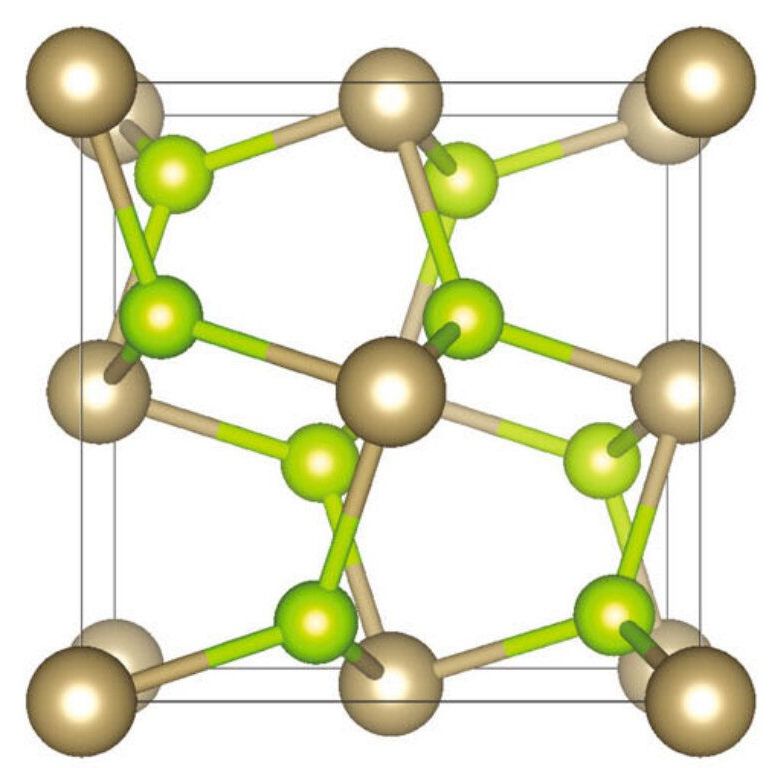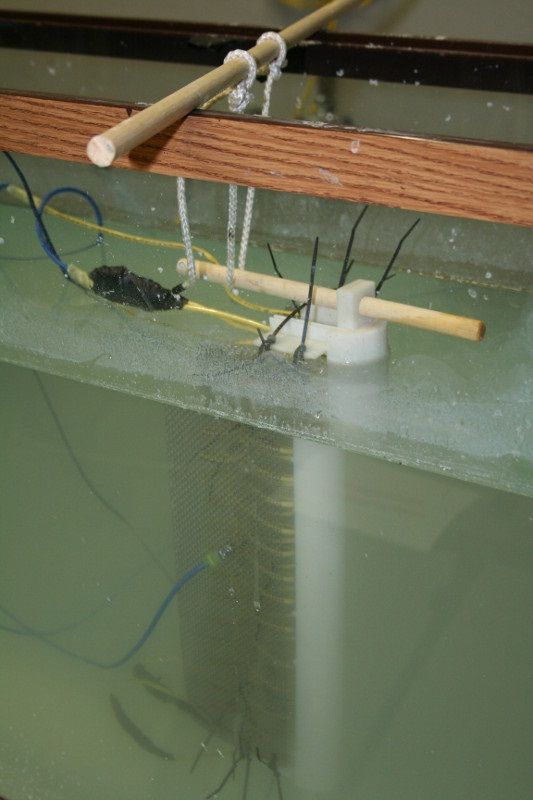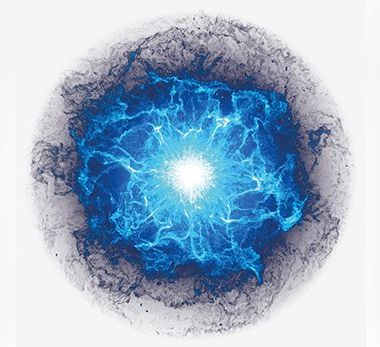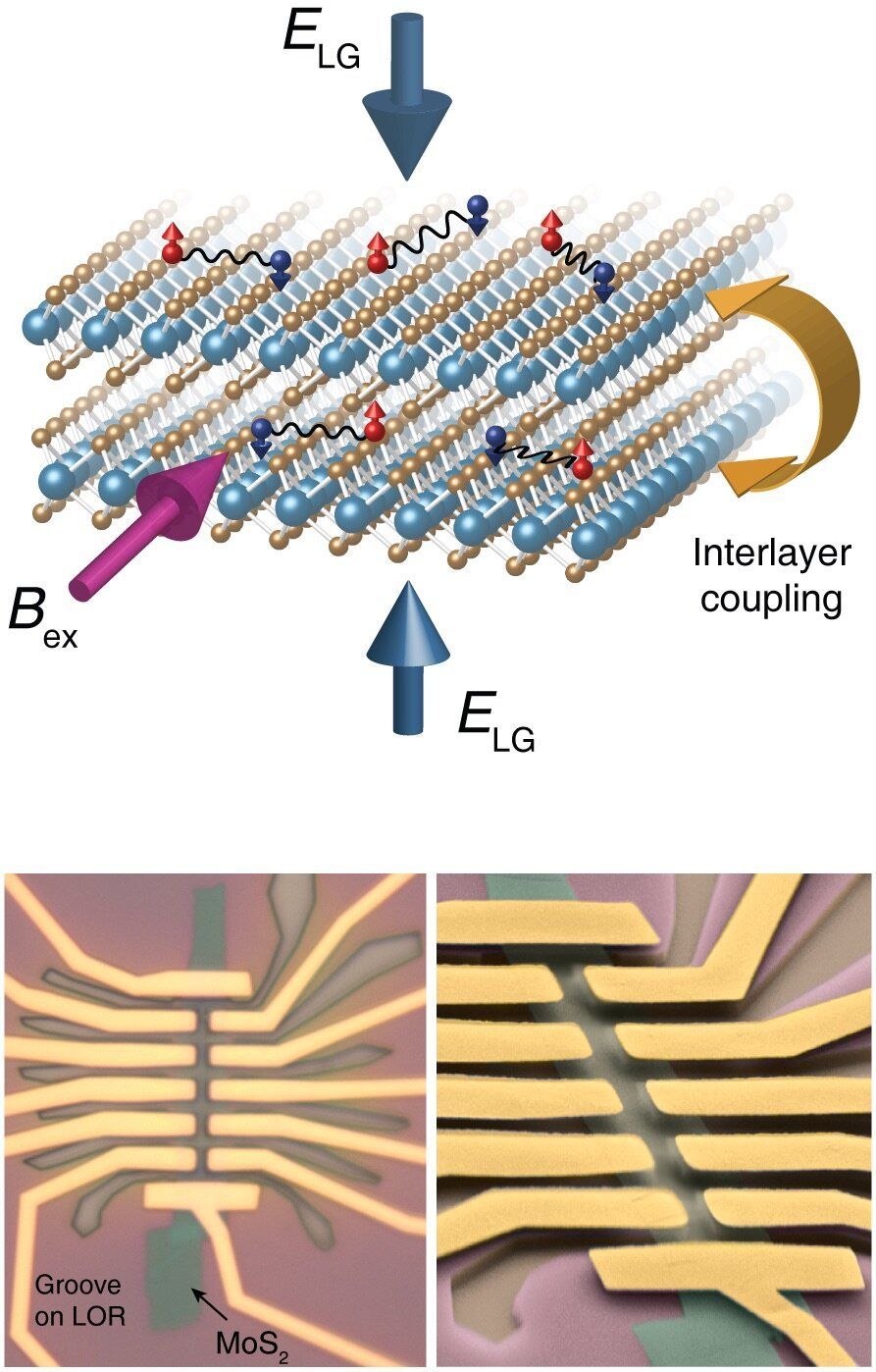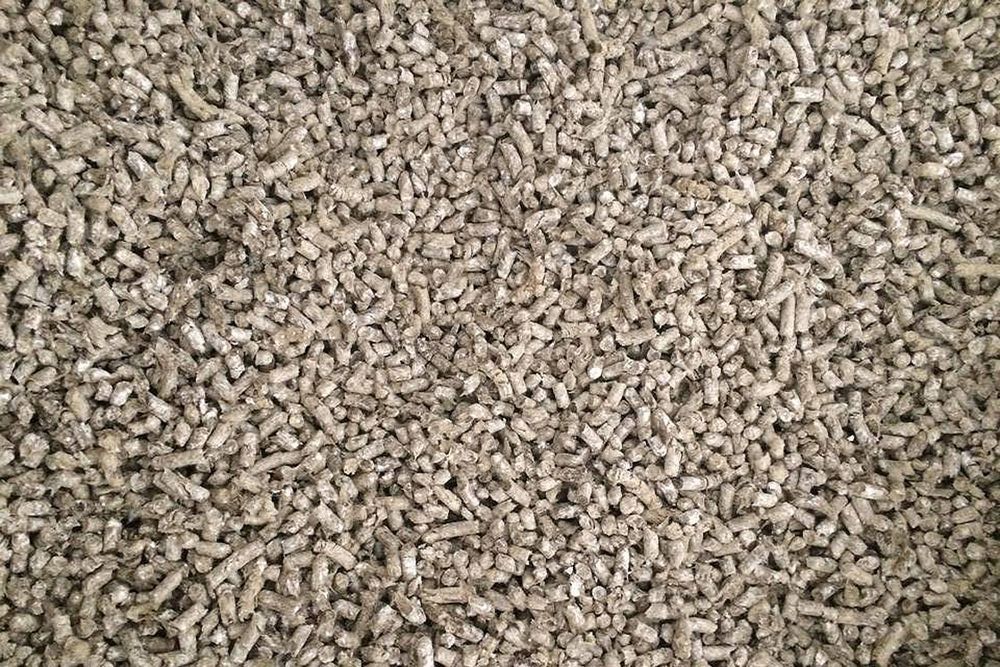Archive for the ‘materials’ category: Page 222
Nov 13, 2019
Fifteen years and a Nobel Prize later, graphene’s creator is thinking even bigger
Posted by Genevieve Klien in categories: futurism, materials
Graphene, the super-strong, super-light and super-conductive material that was discovered in 2004 is often described as the material of the future. But it might be just the beginning.
Nov 12, 2019
Radioactive ‘Tomb’ in Pacific Filled With Nuclear Waste Is Starting to Crack
Posted by Quinn Sena in categories: materials, military
In the Marshall Islands, locals have a nickname for the Runit Dome nuclear-waste site: They call it ‘The Tomb’.
The sealed pit contains more than 3.1 million cubic feet (87,800 cubic meters) of radioactive waste, which workers buried there as part of efforts to clean hazardous debris left behind after the US military detonated nuclear bombs on the land.
From 1977 to 1980, around 4,000 US servicemen were tasked with cleaning up the former nuclear testing site of Enewetak Atoll. They scooped up the contaminated soil, along with other radioactive waste materials such as military equipment, concrete, and scrap metal.
Nov 12, 2019
Graphene-X | The jacket you won’t want to take off
Posted by Tracy R. Atkins in category: materials

Not an endorsement of this; But interesting concept and claims for a graphene coat.
An all-around graphene-based 3-layer jacket: Breathable, Waterproof, Ultralight & Durable + state-of-the-art technology.
Continue reading “Graphene-X | The jacket you won’t want to take off” »
Nov 11, 2019
‘Water cloak’ uses electromagnetic waves to eliminate turbulence
Posted by Quinn Sena in categories: computing, materials
We could essentially control water at the coast lines with magnetism keeping it from eroding things.
Fuel-efficient ships that produce no wakes could soon be a reality thanks to computer simulations of “water cloaks” done by two researchers in the US. Yaroslav Urzhumov and Dean Culver of Duke University have shown that ions present in ocean water can be accelerated by electromagnetic waves in such a way that any turbulence created by sea-going vessels is cancelled out. Their work offers new opportunities for creating ships with greater propulsion efficiency – and could also be used to make vessels that are harder to detect.
“This cloaking idea opens a new dimension to create forces around an underwater vessel or object, which is absolutely required to achieve full wake cancellation,” says Urzhumov.
Continue reading “‘Water cloak’ uses electromagnetic waves to eliminate turbulence” »
Nov 10, 2019
Hydrogen Boride Nanosheets: A Promising Material for Hydrogen Carrier
Posted by Klaus Baldauf in categories: innovation, materials
Innovative nanosheets made from equal parts of hydrogen and boron have a greater capacity to store and release hydrogen compared with conventional metal-based materials.
Nov 7, 2019
“Unsinkable metal” stays afloat even with holes punched in it
Posted by Quinn Sena in categories: materials, nanotechnology

Superhydrophobic materials, which are excellent at repelling water, can be extremely useful for a whole range of reasons, both obvious and not-so-obvious. They can prevent ice from building up on surfaces, make electronics waterproof, make ships more efficient or keep people from peeing in public. Now engineers have found a quirky new use for superhydrophobic materials – making “unsinkable” metals that stay floating even when punctured.
Superhydrophobic materials get their water-repelling properties by trapping air in complex surfaces. These air bubbles make it hard for water to stick, so droplets instead bounce or roll right off. But, of course, air also makes things buoyant, so the team set out to test how superhydrophobic materials could be used to make objects that float better.
Continue reading “‘Unsinkable metal’ stays afloat even with holes punched in it” »
Nov 7, 2019
Simulated sunlight reveals how 98% of plastics at sea go missing each year
Posted by Genevieve Klien in categories: food, materials
Trillions of plastic fragments are afloat at sea, which cause large “garbage patches” to form in rotating ocean currents called subtropical gyres. As a result, impacts on ocean life are increasing and affecting organisms from large mammals to bacteria at the base of the ocean food web. Despite this immense accumulation of plastics at sea, it only accounts for 1 to 2 percent of plastic debris inputs to the ocean. The fate of this missing plastic and its impact on marine life remains largely unknown.
It appears that sunlight-driven photoreactions could be an important sink of buoyant plastics at sea. Sunlight also may have a role in reducing plastics to sizes below those captured by oceanic studies. This theory could partly explain how more than 98 percent of the plastics entering the oceans go missing every year. However, direct, experimental evidence for the photochemical degradation of marine plastics remains rare.
A team of scientists from Florida Atlantic University’s Harbor Branch Oceanographic Institute, East China Normal University and Northeastern University conducted a unique study to help elucidate the mystery of missing plastic fragments at sea. Their work provides novel insight regarding the removal mechanisms and potential lifetimes of a select few microplastics.
Nov 5, 2019
Suspended layers make a special superconductor
Posted by Genevieve Klien in categories: materials, particle physics
In superconducting materials, an electric current will flow without any resistance. There are quite a few practical applications of this phenomenon; however, many fundamental questions remain as yet unanswered. Associate Professor Justin Ye, head of the Device Physics of Complex Materials group at the University of Groningen, studied superconductivity in a double layer of molybdenum disulfide and discovered new superconducting states. The results were published in the journal Nature Nanotechnology on 4 November.
Superconductivity has been shown in monolayer crystals of, for example, molybdenum disulphide or tungsten disulfide that have a thickness of just three atoms. “In both monolayers, there is a special type of superconductivity in which an internal magnetic field protects the superconducting state from external magnetic fields,” Ye explains. Normal superconductivity disappears when a large external magnetic field is applied, but this Ising superconductivity is strongly protected. Even in the strongest static magnetic field in Europe, which has a strength of 37 Tesla, the superconductivity in tungsten disulfide does not show any change. However, although it is great to have such strong protection, the next challenge is to find a way to control this protective effect, by applying an electric field.
Nov 2, 2019
The Next Big Thing in ‘Green’ Packaging Is Hemp Bioplastic
Posted by Quinn Sena in categories: materials, sustainability
Hemp is poised to become an immense new source of sustainable, domestically produced industrial raw materials.
